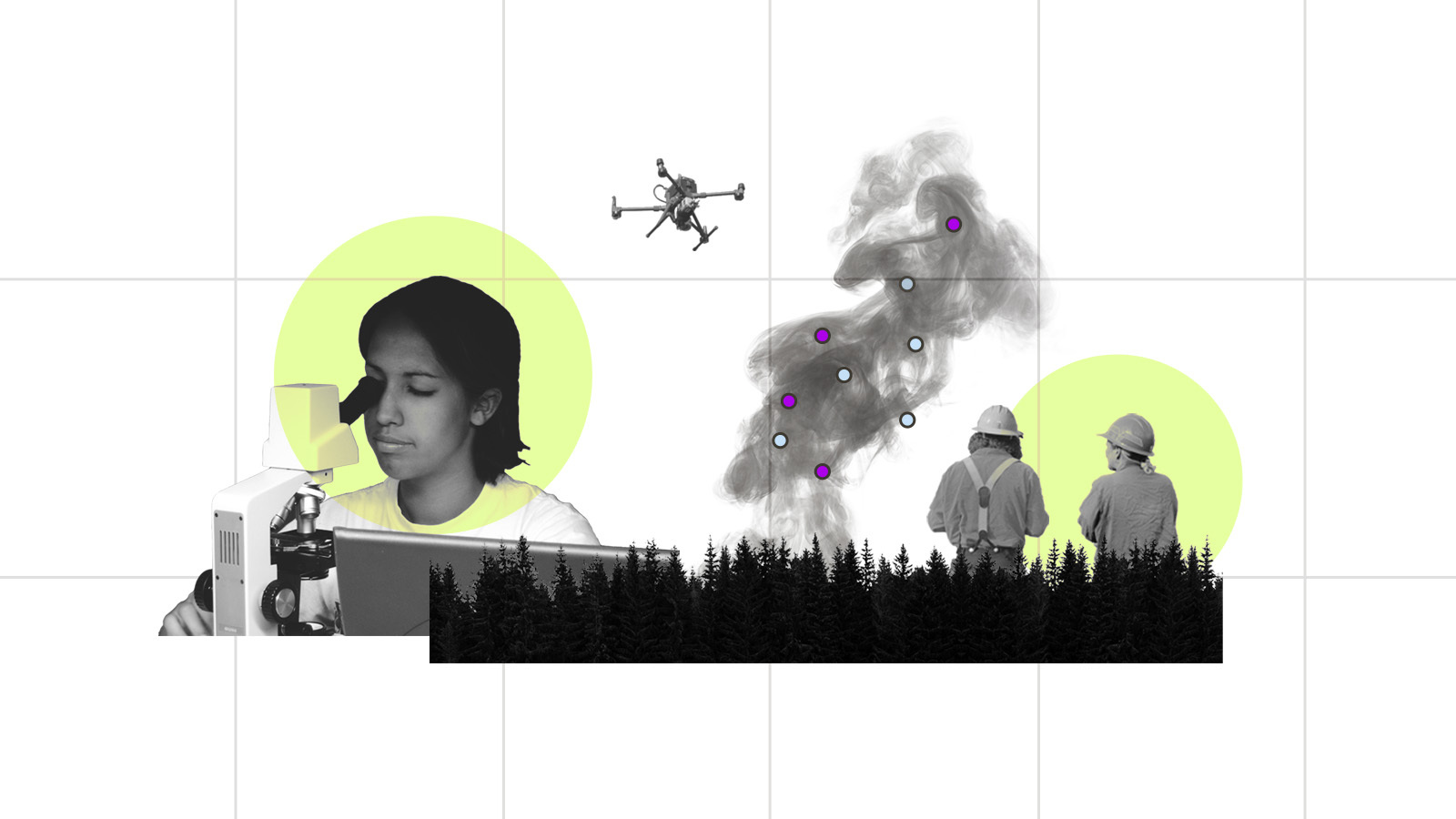ABOUT THE AUTHOR(S)
Avi Loeb is former chair (2011-2020) of the astronomy department at Harvard University, founding director of Harvard’s Black Hole Initiative and director of the Institute for Theory and Computation at the Harvard-Smithsonian Center for Astrophysics. He also chairs the Board on Physics and Astronomy of the National Academies and the advisory board for the Breakthrough Starshot project, and is a member of President’s Council of Advisors on Science and Technology. Loeb is the bestselling author of Extraterrestrial: The First Sign of Intelligent Life Beyond Earth (Houghton Mifflin Harcourt).
Note: This article have been indexed to our site. We do not claim legitimacy, ownership or copyright of any of the content above. To see the article at original source Click Here












